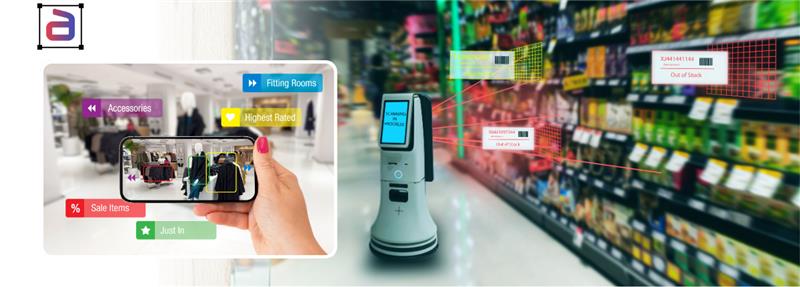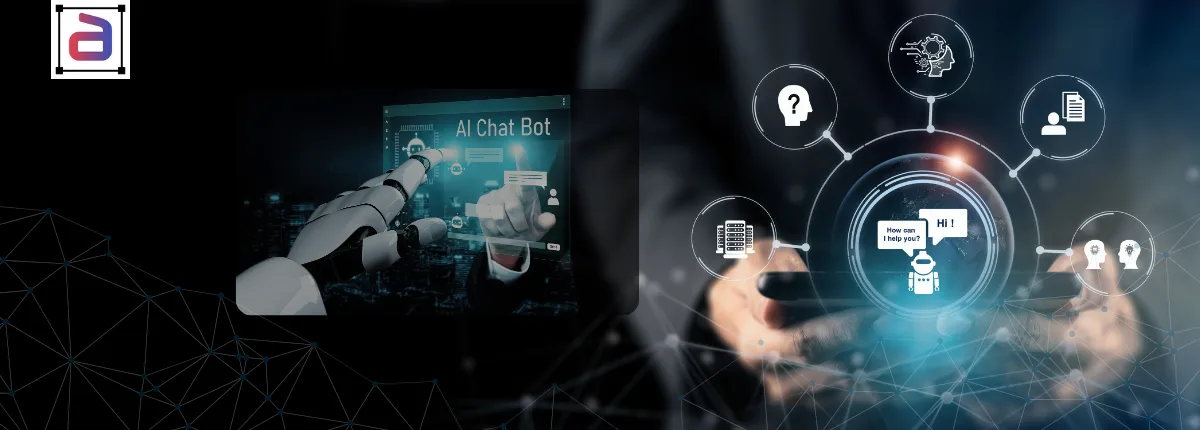The world of artificial intelligence (AI) is advancing at a dizzying pace, but there’s a crucial, often-overlooked secret behind its success: data annotation. This is the process of labeling, tagging, and structuring raw data (like images, text, and audio) to make it understandable for machine learning models. Historically, this has been a purely human-driven, labor-intensive task. However, the future of work is changing, and so is data annotation, transforming into a powerful hybrid human-AI process.
This evolution is not about replacing humans but about creating a collaborative partnership that is more efficient, accurate, and scalable than either humans or AI could be on their own. Annotators are moving from being data labelers to supervisors, validators, and ethical guardians of AI. The result is workflows that are faster, smarter, and more trustworthy.
The Shift from Manual Labor to Collaborative Intelligence
In the early days of AI, data annotation was a slow, manual grind. Imagine an annotator painstakingly drawing a bounding box around every car in thousands of images for a self-driving car model. It worked, but it was prone to human error, expensive, and impossible to keep up with the massive datasets being generated today.
Enter the AI-powered annotator. This is where a machine learning model assists the human annotator. The process works like this:
- AI-Assisted Pre-labeling: An AI model performs an initial, rough annotation on a batch of data. For example, it might automatically draw a bounding box around objects or transcribe an audio file.
- Human-in-the-Loop Refinement: A human annotator then reviews and corrects the AI’s pre-labeling. They adjust the bounding boxes, correct transcription errors, or add more nuanced labels that the AI may have missed.
- Reinforcement Learning: The human corrections are fed back into the AI model, which uses this feedback to improve its performance over time. It learns from its mistakes, becoming more accurate with each iteration.
This collaborative approach creates a powerful feedback loop, where the AI gets smarter with every human correction, and the human becomes more productive with every AI assist. It’s a symbiotic relationship that dramatically reduces the time and effort required for high-quality data annotation.
Why This Hybrid Model is the Future
The shift to a hybrid model is essential for several reasons:
- Increased Efficiency and Scalability: Automating the initial labeling process drastically speeds up the workflow. Humans can annotate thousands of data points in the time it would have taken to do hundreds, allowing companies to scale AI projects faster and more affordably.
- Enhanced Accuracy and Quality: While AI is fast, it still lacks the nuanced understanding and contextual judgment of humans. A human annotator can catch subtle errors, handle complex edge cases (like partially obscured objects), and ensure the data reflects real-world variability. This leads to higher-quality datasets and more robust AI models.
- Creating New and Better Jobs: This evolution isn’t about job loss; it’s about job transformation. The role of a data annotator is shifting from repetitive manual tasks to more strategic work in quality assurance and supervision. Annotators now focus on complex and ambiguous data points, teaching AI and ensuring its output is reliable. This creates more engaging and intellectually stimulating roles.
The future of data annotation isn’t humans versus machines—it’s about collaboration between humans and AI. Annotators are evolving from workers to teachers, quality checkers, and critical partners in the AI development lifecycle. This hybrid model is a perfect example of how the future of work is less about automation and more about augmented intelligence.
Benefits of Hybrid Human-AI Annotation
Hybrid annotation brings together the strengths of machines and people, creating a process that is both faster and more reliable. Some of the biggest advantages include:
- Speed and efficiency: Automation gets through massive amounts of data quickly. Humans then step in to double-check, meaning projects move faster without sacrificing quality. Think of it like having a calculator do the math while you check that the answer makes sense.
- Cost savings: Machines take over repetitive clicking and tagging, which saves time and money. This lets humans focus on the high-value work that really needs judgment and expertise.
- Bias reduction: Left unchecked, AI can repeat or even magnify existing biases in training data. Humans catch and correct these problems, ensuring datasets are more inclusive and balanced.
- Trust and transparency: With human validation built into the workflow, organizations and users can trust the final output. The human stamp of approval provides accountability and reassurance that the system is fair.
Industry Applications
This hybrid model is already making a difference across industries:
- Healthcare: AI can pre-label anomalies in scans, quickly drawing attention to possible problem areas. Doctors and trained annotators then validate results, ensuring patient safety and reducing the chance of missed diagnoses. In one project, human validation on top of automated scans improved detection rates by more than 15%.
- Autonomous Vehicles: Machines can annotate common road scenes with cars, pedestrians, and signs. Humans step in for rare, tricky cases like unusual weather, construction detours, or emergency vehicles. This combination makes self-driving systems safer in unpredictable real-world conditions.
- Voice AI: Automated transcription can process hours of audio in minutes, but it often misses tone or emotion. Annotators refine emotional stress, context, and accents, ensuring virtual assistants or call center tools understand not just words but intent. This has led to noticeable improvements in customer satisfaction.
- Retail & NLP: AI tags sentiment at scale across thousands of reviews. Humans validate cultural nuances like sarcasm, slang, or mixed emotions. This ensures businesses get an accurate read on how customers truly feel, avoiding costly misinterpretations.
Challenges of the Hybrid Human-AI Annotation
Despite its advantages, building a successful hybrid system isn’t without challenges:
- Training annotators: Workers need new skills to supervise AI, detect bias, and make complex decisions rather than just label.
- Maintaining quality at scale: Managing quality across millions of automated outputs demands smart QA frameworks, layered reviews, and clear guidelines.
- Avoiding over-reliance: There’s a risk of humans trusting automation too much. Organizations need to keep people engaged so they remain alert and critical.
- Privacy and compliance: Many projects involve sensitive healthcare, financial, or customer data. Hybrid workflows must still protect this data under GDPR, HIPAA, and other regulations, keeping privacy at the forefront.
Annotera’s Perspective
At Annotera, we believe the future of annotation is hybrid. Our Human-in-the-Loop (HITL) approach blends automation with expert human oversight, delivering:
- Efficient workflows: AI handles the scale, humans validate.
- Bias-aware practices: Annotators are trained to spot unfair patterns and correct them.
- Domain expertise: From healthcare to finance, we provide specialists who understand the stakes of high-value edge cases.
Executive Takeaway For Hybrid Human-AI Annotation
The future of data annotation isn’t about choosing between humans or machines. It’s about combining their strengths. Hybrid human-AI annotation ensures that AI systems are not only fast and scalable but also accurate, fair, and ethical.
“The best AI systems will be built not by humans or machines alone, but by both working together.” — AI Strategist
The future of work in data annotation is collaborative. As AI grows more powerful, human judgment grows more important. The hybrid human-AI process ensures we get the best of both worlds—speed and empathy, scale and context.
Ready to embrace the future of annotation? Partner with Annotera to build hybrid human-AI workflows that power trustworthy, next-generation AI.


